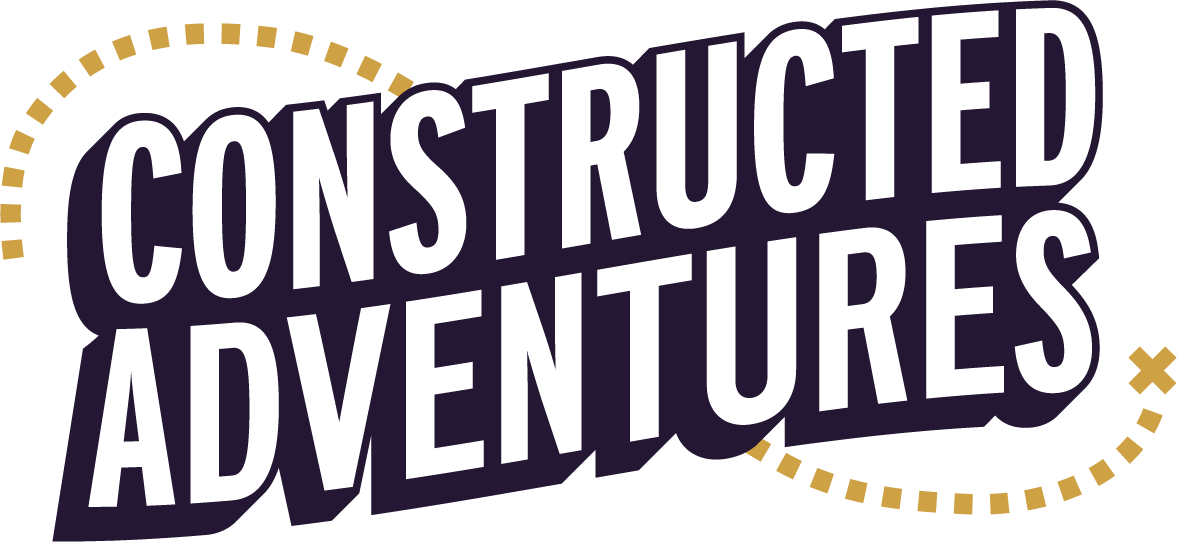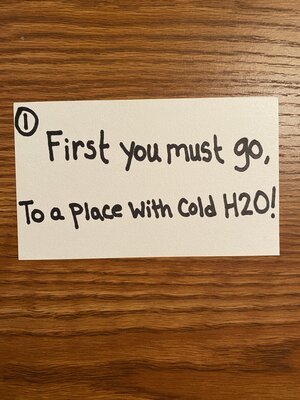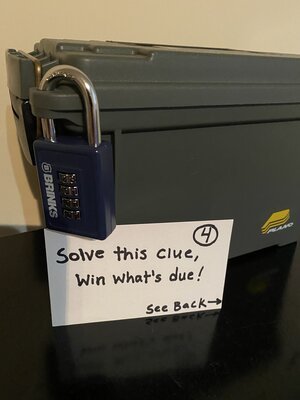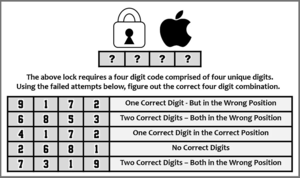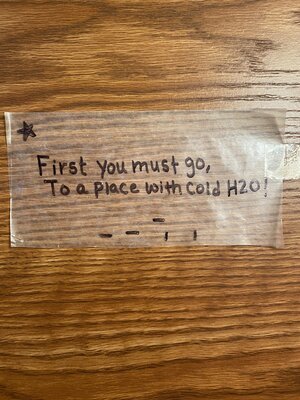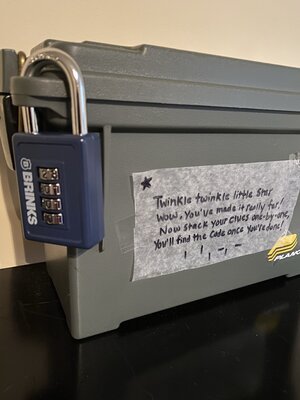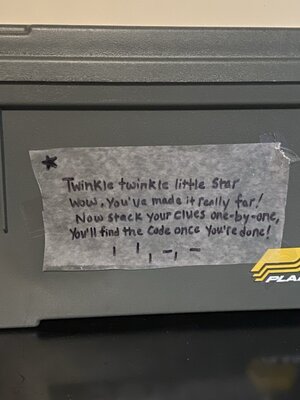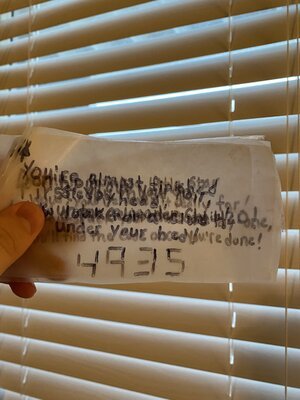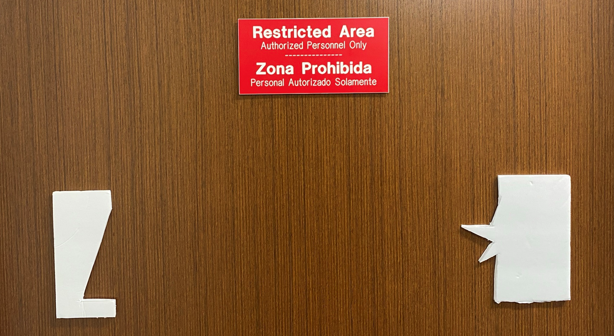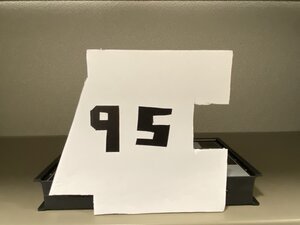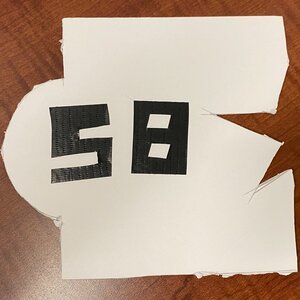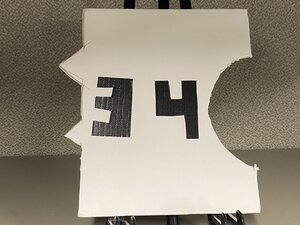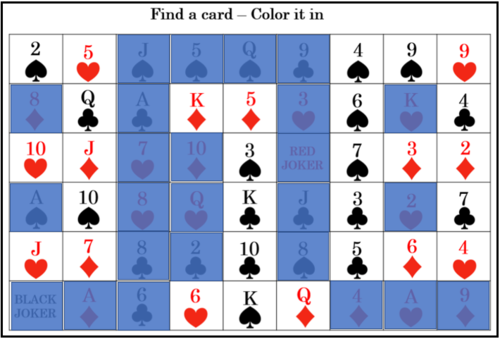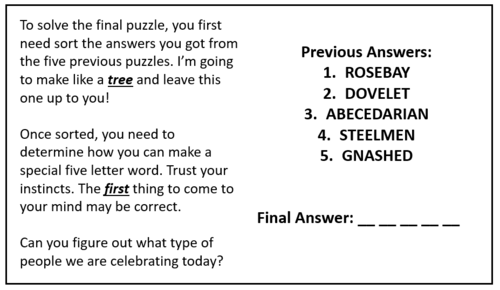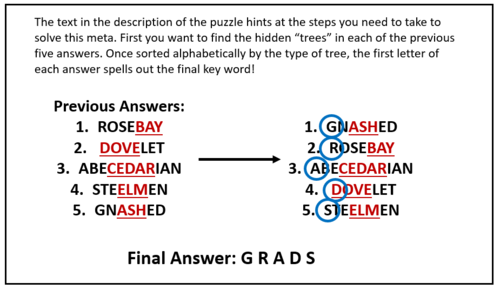What’s the Meta with Meta Puzzles?
A meta puzzle is a buzzword that many treasure/scavenger hunt and escape room designers throw around. Its definition can be difficult to pin down as the meta may take on different forms depending on the context. At its core though, I like to define meta as:
“A puzzle, step, or gimmick, usually at the end of a hunt, that utilizes information gleaned from two or more previous puzzles, steps, or gimmicks.”
The concept of a meta in a hunt can best be expressed through practical examples.
Question: “What is the difference between a meta ending and the endings I already use for my hunt?”
Answer: It’s very possible that you have been adding meta endings to your adventures without even knowing it. A meta puzzle requires previously gathered information. If your adventure simply ends with instructions for locating the final “treasure” or concludes with a final puzzle that does not incorporate any previous puzzles or clues, this is not representative of a meta puzzle.
Here’s a practical example of introducing a meta into a very simple and linear hunt:
This first set of photos shows the steps of a classic scavenger hunt. The players are led to a few different locations to eventually find a locked box. Attached to the locked box is one last puzzle that gives the players the combination lock code. This would not be a meta puzzle. All the information required to solve the final puzzle and open the box is given to the player when it is needed.
You can rotate through the photographs by using the arrows on either side of the carousel.
In this second variation of the hunt, players are given the same clues as before, but this time the clues are written on wax baking paper. Inquisitive players may notice that each physical clue has additional markings that seem to have no relevance. At the end of this hunt, the lock box yields a different riddle. There is now a meta puzzle that hints to the players that they need to look at all of the previous clues they’ve found in a different way. In this case, stacking the clue cards on top of one another shows that the mysterious lines overlap to reveal the final padlock code.
You can rotate through the photographs by using the arrows on either side of the carousel.
Question: “Do all of my hunts need a meta? Will a meta make them better?”
Answer: No! A meta puzzle at the end of your hunt can add a bit of flair, but is not a necessary component to any adventure. In fact, a meta may detract from the overall experience. Take one of the many adventures created by the Architect that you can find on this website. His adventures usually lead the participants on a romp through their neighborhood where the enjoyment ultimately comes from the journey and not the destination. If there was an additional meta puzzle and the participants had to keep track of multiple clues throughout their day, it could sour the entire adventure. Also, from a design perspective, a meta forces you to use every stop. If it’s a long day and your player falls behind, you can no longer just remove stop no. 6 because they HAVE to find something there. When you incorporate a metapuzzle, you lose flexibility.
When creating your Adventure, make the decision early on if a meta puzzle is an appropriate way to end. Know that the ultimate goal of your hunt and the preferences of your players are both factors that should be considered when making this decision.
Question: “When should I reveal to my players that there is a final meta puzzle?”
Answer: During the creation of your hunt, you will want to decide if you want your players to be aware of the meta from the very beginning of the adventure. This can be as simple as presenting your players with a treasure chest with multiple locks, leading them to the idea that they will need to collect different keys to finish the adventure, or, in a more complicated example, explain that players will need to solve puzzles and find clues to whittle down a list of suspects in a murder mystery game.
Putting your meta puzzle front and center may help or hurt your hunt. It may ruin the twist reveal of a final puzzle or allow your players to skip large portions of your adventure.
Imagine a birthday hunt that ends with opening a large treasure chest filled with cake and other party favors. To open the chest, your players need to collect four digits to a padlock. The way you’ve set up the hunt, players will receive parts of the code from solving puzzles and completing physical challenges. However, as soon as your player’s realize that they are already gaining parts of the code, they may start guessing the final answer. If your four-digit lock allows for the numbers 0 through 9, there are 10,000 possible combinations for the final solution. When the first number is known, the number of possible solutions drops to 1,000. With three known numbers, it would take seconds to spin the last dial through all 10 remaining numbers and open the lock, skipping the last fourth of your hunt.
To avoid the above scenario, you may want to hide the reveal of your final meta puzzle until the very end. In the birthday example, you could hide the treasure chest until the very end. The players would then realize the significance of the numbers they had been collecting throughout the adventure. Or, alternatively, this could be a hunt that doesn’t need a meta puzzle at all. Instead, simply allow the players to open the chest when they find it at the end, or have the last puzzle reveal the correct combination lock.
Question: “How can I stop my players from guessing (or brute-forcing) the solution to my meta puzzle?”
Answer: Another way to avoid your players from brute-forcing your meta is to make longer codes or add an additional puzzle that alters your final solution. For example, instead of a four-digit lock, use a rotating lock that can take up to eight numbers. Reveal these numbers to your players in groups of two. This will greatly increase the number of potential solutions to work through and could deter players from trying to guess the final answer. Alternatively, if your players need to collect the numbers for a padlock, the final puzzle could reveal that they need to, for example, add “2” to each individual number to deduce the final combination lock.
Here is a real-life example of a hunt I created where the meta was prevalent from the very beginning:
Players were tasked with finding the passcode to open a locked room. Next to the lock were two pieces of cut poster board with unique patterns. Some players deduced what they had to do immediately but everyone, at a minimum, knew that there was a significance to these cut-outs, and that they would be used to find the final code.
This was a non-linear game and players were able to split up and solve different puzzles. After different sets of puzzles were solved, the teams began to find puzzle pieces with numbers written on them. These puzzle pieces were made from the same material as the cutouts on the locked door and it became very clear that the final meta puzzle was to put the jigsaw pieces in the correct order to find the lock code.
Take note of the jigsaw aspect of the meta puzzle and the way the numbers are split into groups of two. This was done to prevent players from brute-forcing the final answer. Chances were that the players would not find the jigsaw pieces in the correct order and would have to reconstruct the puzzle at the end of the hunt. In addition, if the players attempted to guess the final code with only three of the four jigsaw pieces, there would be 100 possible combinations that they would have to work through.
Question: “Should my meta puzzle be hard?”
Answer: Your meta puzzle does not need to be difficult. It can be satisfying to the players to have one last hurdle that gives significance to the tasks they have completed beforehand. The example above gave the players a common goal to work towards. They knew that solving puzzles would reward them with an additional puzzle piece, and the reveal of each new section of the jigsaw was met with excitement as they rushed to place it with the pieces they had already collected. The meta puzzle itself was not difficult at all nor did it need to be.
Question: “So what are some different ways that I can add a meta to my hunts?”
Answer: There are many ways to implement a final meta puzzle into your hunt. Here are some quick examples of three common scenarios:
Scenario 1: The meta is clear from the very beginning, or very early on.
In this example, players find the following instructions early in their hunt. “Find playing cards and color them in” is a set of very easy instructions and presents a clear goal. As the players investigated the room they were locked in and solved various puzzles, they found more and more playing cards and marked them off of their sheet. Finding all of the cards hidden in the room revealed the digits required to open the final lock.
Scenario 2: The meta is not revealed until the very end.
In this second example, players follow a set of clues around the city. Their final clue suggests that they “retrace” their steps on a “map” to find a four-letter code word that they have to tell the informant at the final location. Tracing the path of all of the previous clues on a map reveals that they traveled through the city in a STAR shaped pattern.
Scenario 3: The meta utilizes all of the previous puzzle solutions.
This is one of the trickiest meta puzzles to implement and is more commonly associated with puzzle hunts where most of the enjoyment comes from puzzle solving and not the adventure around them. In this final example, players were tasked with solving five different puzzles, each with a different keyword as the answer. The final meta puzzle asks the players to take the five answers from the five preceding puzzles and use them in a unique way to come up with a final solution.
In this case, the meta puzzle hints that players need to find the hidden tree names in each of the five puzzle answers and then order the list of answers alphabetically based on those names. They then need to read the first letter of each answer to reveal the final meta answer.
Meta puzzles can be a difficult concept to nail down for new adventure creators. It is important to remember that not all adventures need a meta puzzle. If you do decide to include a meta finale, make sure that the way it is implemented adds to the overall experience and doesn’t detract from it.
What kind of meta puzzles have you added to your own adventures? We welcome you to share your experiences, old, new, good, and bad on the Constructed Adventures subreddit and on our discord channel. You can also find us on Instagram at @ConstructedAdventures.
Remember, every day is an opportunity to learn something new!

